Animals can be allergic or sensitive for pollen from many different grasses, plants and trees, but which pollen are causing the most frequent sensitisation in animals? Artuvet had a look in their database with serum test results for the past two years and created a list of the top 10 pollen for dogs, cats and horses.
Dogs
- Kentucky bluegrass (Poa pratensis)
- Bermuda grass (Cynodon dactylon)
- Birch (Betula pendula)
- Olive (Olea europaea)
- Alder (Alnus glutinosa)
- Hazel (Corylus avellana)
- Lambs quarter (Chenopodium album)
- Perennial ryegrass (Lolium perenne)
- Timothy grass (Phleum pratense)
- Orchard grass (Dactylis glomerata)
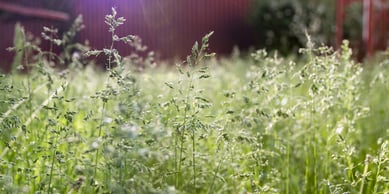
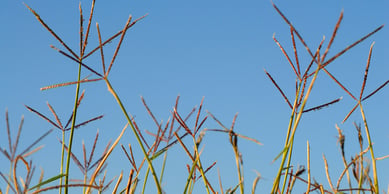 Kentucky bluegrass (Poa pratensis) and bermuda grass (Cynodon dactylon)
Kentucky bluegrass (Poa pratensis) and bermuda grass (Cynodon dactylon)
Cats
- Bermuda grass (Cynodon dactylon)
- Kentucky bluegrass (Poa pratensis)
- Alder (Alnus glutinosa)
- Birch (Betula pendula)
- Hazel (Corylus avellana)
- Olive (Olea europaea)
- Perennial ryegrass (Lolium perenne)
- Lambs quarter (Chenopodium album)
- Timothy grass (Phleum pratense)
- Cultivated rye (Secale cereale)

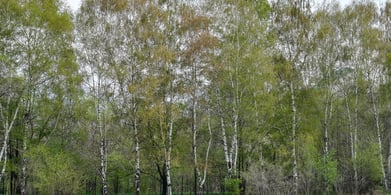
Alder (Alnus glutinosa) and birch (Betula pendula)
Horses
- Bermuda grass (Cynodon dactylon)
- Kentucky bluegrass (Poa pratensis)
- Cultivated rye (Secale cereale)
- Perennial ryegrass (Lolium perenne)
- Timothy grass (Phleum pratense)
- Cultivated oat (Avena sativa)
- Orchard grass (Dactylis glomerata)
- Willow (Salix viminalis)
- Birch (Betula pendula)
- Common mugwort (Artemisia vulgaris)
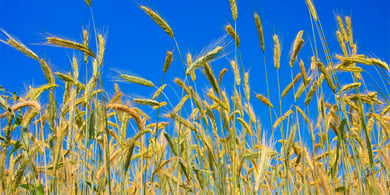
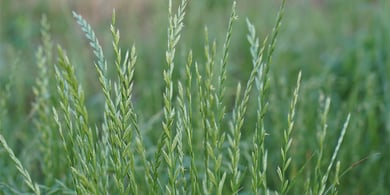 Cultivated rye (Secale cereale) and perennial ryegrass (Lolium perenne)
Cultivated rye (Secale cereale) and perennial ryegrass (Lolium perenne)
 Global English
Global English

 Deutschland
Deutschland
 France
France
 Nederland
Nederland


